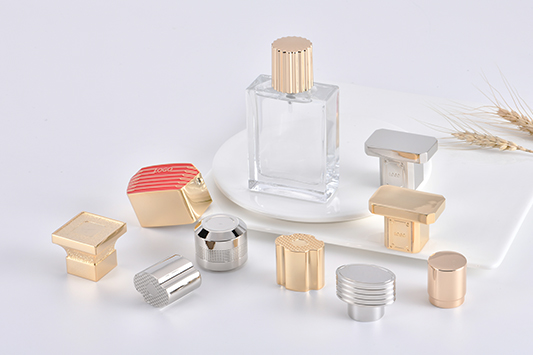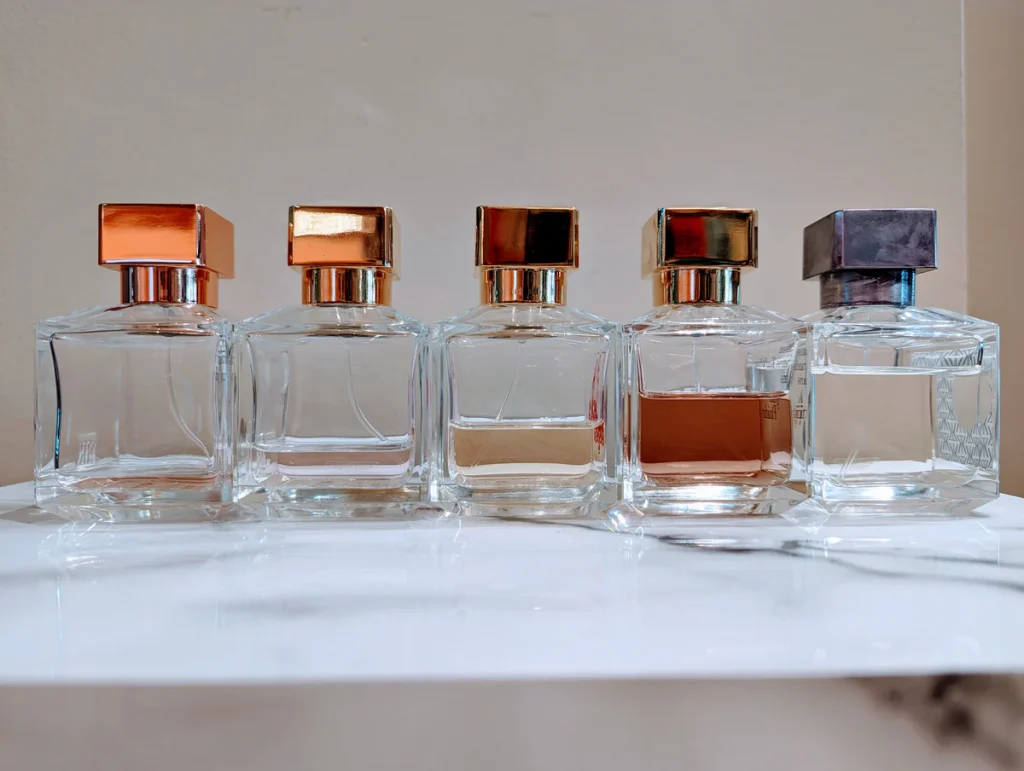Have you ever noticed your beloved perfume smelling a bit… off? You’re not alone. Fragrance oxidation is a common phenomenon that affects many perfume lovers. Let’s dive into the science behind this scent-altering process and learn how to keep your fragrances fresh for longer.
Table of Contents
ToggleWhat is Fragrance Oxidation?
Fragrance oxidation occurs when your perfume reacts with oxygen over time, altering its molecular structure. This chemical change can transform your once-beautiful scent into something less appealing, often described as sharper or sour1.
Signs Your Fragrance Has Oxidized
- Color changes: Your perfume may darken or develop a pinkish/reddish hue3.
- Scent alterations: The fragrance might smell different, losing its original charm1.
- Intensity shifts: The scent may become weaker or unexpectedly stronger.
What Causes Fragrance Oxidation?

Several factors contribute to the oxidation process:
- Air exposure: Every time you open your perfume bottle, you introduce oxygen4.
- Light: UV rays can accelerate oxidation, especially in clear bottles1.
- Heat: High temperatures speed up chemical reactions6.
- Time: Even with perfect storage, perfumes eventually oxidize.
How to Prevent Fragrance Oxidation
- Store in a cool, dark place: Keep your fragrances away from direct sunlight and heat.
- Keep the bottle sealed: Only open when you’re using it5.
- Avoid shaking: This introduces air bubbles and speeds up oxidation.
- Use the original bottle: It’s designed to protect the fragrance.
- Consider air-tight containers: These can minimize oxygen exposure5.

The Chemistry Behind the Change
Fragrance oxidation involves complex chemical reactions. Key components like esters, aldehydes, and terpenes are particularly susceptible to oxidation. These changes can alter the fragrance’s entire scent profile1.
Can Oxidized Fragrances Be Saved?
While you can’t reverse oxidation, some perfumers are exploring innovative solutions. Recent research has shown that treating perfumes with α-oxocarboxylic acids can help reduce oxidation effects by neutralizing organic hydroperoxides7.
Conclusion
Understanding fragrance oxidation can help you preserve your favorite scents for longer. By following proper storage techniques and being aware of the signs of oxidation, you can enjoy your perfumes as they were meant to be experienced – fresh and captivating.

Remember, a little care goes a long way in keeping your fragrances at their best. So, take a moment to check on your perfume collection today. Your future self (and nose) will thank you!
FAQs
1. How long does it take for a fragrance to oxidize?
The oxidation process can start as soon as a fragrance is exposed to air, but noticeable changes may take weeks to months depending on storage conditions.
2. Can I still use a perfume that has oxidized?
Yes, you can still use it if you enjoy the scent. However, if the fragrance has changed significantly or smells unpleasant, it’s best to discontinue use.
3. Are some fragrances more prone to oxidation than others?
Yes, fragrances with high concentrations of natural ingredients, especially citrus notes, tend to oxidize faster than those with more stable synthetic compounds.
4. How can I tell if my perfume has oxidized?
Look for changes in color, clarity, or scent. If the fragrance smells sharper, sour, or significantly different from when you first purchased it, it may have oxidized.
5. Does oxidation affect the safety of using a perfume?
Generally, oxidation doesn’t make a fragrance unsafe to use, but it can cause skin irritation in some people. If you experience any adverse reactions, discontinue use.

Curious to learn more about the fascinating world of fragrances? Explore our other articles on SCENTsciencebeauty.com for expert insights and tips on all things scent-related!







